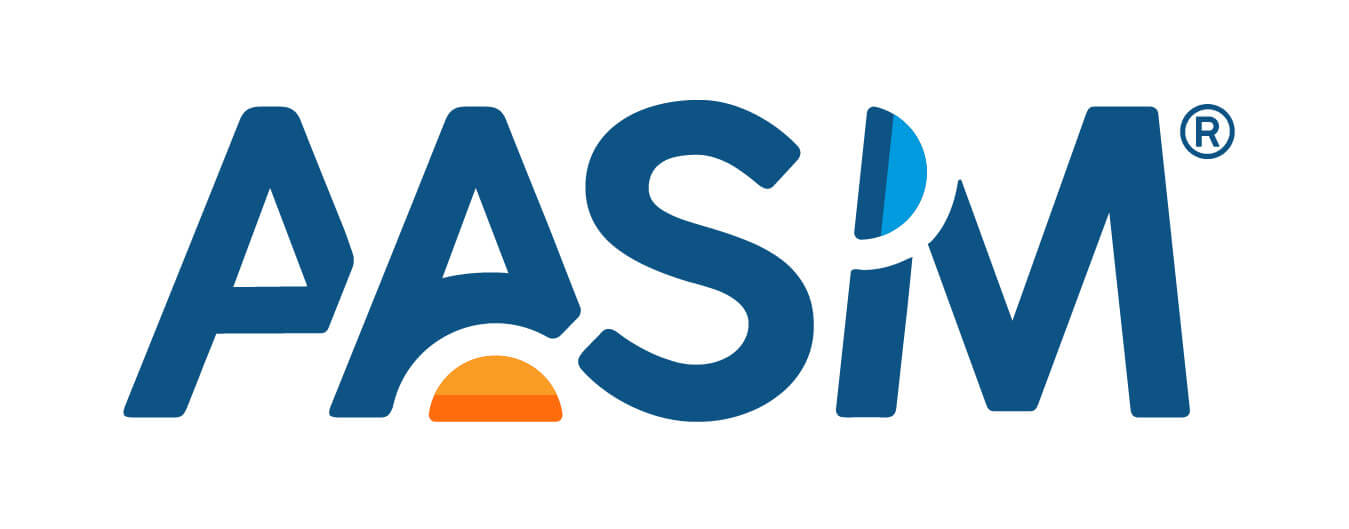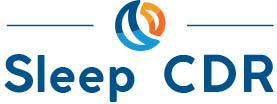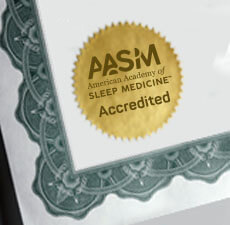Last week the Agency for Healthcare Research and Quality released “Comparative Effectiveness Review of the Diagnosis and Treatment of Obstructive Sleep Apnea in Adults,” the latest report from AHRQ’s Effective Health Care Program. The systematic review included 234 clinical studies published through September 2010.
The report concluded that portable monitors can predict a diagnosis of OSA. However, additional studies are needed to prove their value compared with polysomnography (PSG). The effectiveness of continuous positive airway pressure (CPAP) therapy was backed by the strongest evidence. Although mandibular advancement devices (MADs) also were shown to be effective, CPAP was found to be superior to MAD in achieving an apnea-hypopnea index (AHI) of five events per hour or less.
The report did not find enough evidence to determine if surgery is more or less effective than non-surgical treatments. However, some individual studies do show that specific surgical interventions are effective.
The report and other related resources are available online from the AHRQ, which is a part of the U.S. Department of Health and Human Services:
- Diagnosis and Treatment of Obstructive Sleep Apnea in Adults (Executive Summary)
- Diagnosis and Treatment of Obstructive Sleep Apnea in Adults (Final research review)
- Comparative Effectiveness of Diagnosis and Treatment of Obstructive Sleep Apnea in Adults (Clinician Guide)
- Treating Sleep Apnea: A Review of the Research for Adults (Consumer Guide)
The new report also was highlighted during a recent edition of the AHRQ’s Healthcare 411 Radio Podcast. Read the transcript or download the one-minute segment.








